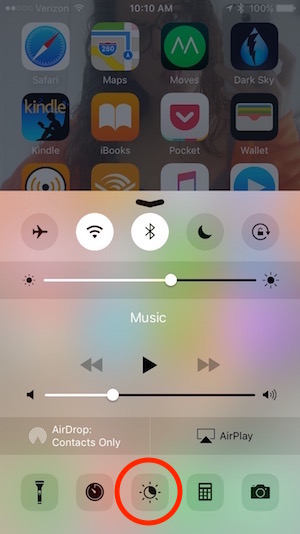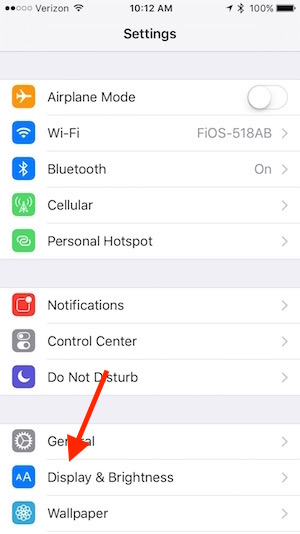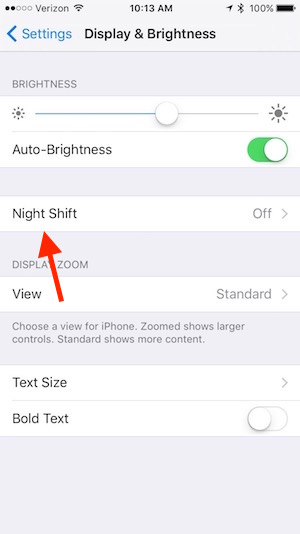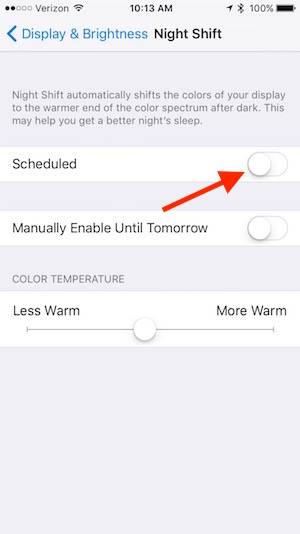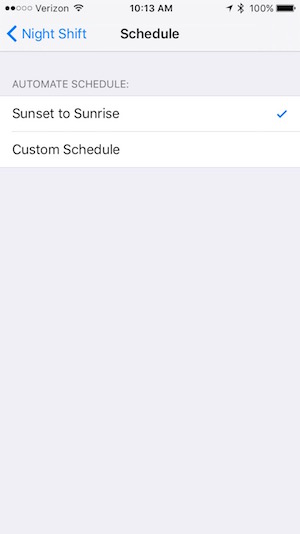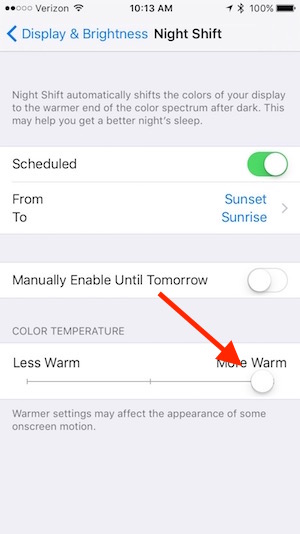Never Miss Twice
As I’ve written about previously, much of fitness (and of life as a whole) comes down to building good habits. But building new habits is tough. So I spend a lot of time thinking about and experimenting with hacks and techniques that might more reliably make new habits stick.
One technique that gets a lot of internet attention comes from Jerry Seinfeld. It’s called “Don’t Break the Chain,” and originates with an anecdote shared by software developer Brad Isaac:
Years ago when Seinfeld was a new television show, Jerry Seinfeld was still a touring comic. At the time, I was hanging around clubs doing open mic nights and trying to learn the ropes. One night I was in the club where Seinfeld was working, and before he went on stage, I saw my chance. I had to ask Seinfeld if he had any tips for a young comic. What he told me was something that would benefit me a lifetime…
He said the way to be a better comic was to create better jokes and the way to create better jokes was to write every day. But his advice was better than that. He had a gem of a leverage technique he used on himself and you can use it to motivate yourself—even when you don’t feel like it.
He revealed a unique calendar system he uses to pressure himself to write. Here’s how it works.
He told me to get a big wall calendar that has a whole year on one page and hang it on a prominent wall. The next step was to get a big red magic marker.
He said for each day that I do my task of writing, I get to put a big red X over that day. “After a few days you’ll have a chain. Just keep at it and the chain will grow longer every day. You’ll like seeing that chain, especially when you get a few weeks under your belt. Your only job next is to not break the chain.”
”Don’t break the chain,” he said again for emphasis.
That’s a great story. And the approach sounds easy enough. But having tested it out on myself and on Composite clients, it’s actually pretty much a miserable failure in real life.
Indeed, the problem with Don’t Break the Chain is that it reinforces the same all-or-nothing thinking that dooms most new habits more generally.
Here’s what typically happens when someone decides to start a new diet, for example:
For four or five days, they’re super gung-ho. They make perfect food choices, and bask in the glow of their newfound nutritional motivation.
And then, on the fifth day, they’re tired and it’s someone’s birthday at the office and there’s birthday cake. So they have the piece of cake.
And then they totally go off the rails.
Nutritionally, that single piece of birthday cake is pretty meaningless. But because we’re thinking all-or-nothing, because we’re trying not to break the chain, it feels like defeat. And since we’ve already lost, what’s the point? You might as well get some chips from the vending machine and a pint of ice cream with dinner and then maybe you’ll start again fresh next week with the diet and try to be more perfect that time.
In other words, it’s not the mistake that matters. It’s the spiral that too often follows it.
As a result, what actually works is a slightly different mantra: “Never Miss Twice.” (Hat-tip to James Clear for this one.)
You ate some birthday cake? Fine. But now your next meal has to be a healthy one.
You felt tired and it was raining so you skipped going to the gym? No problem. But tomorrow, you must go and make up the workout.
Never Miss Twice is the opposite of all-or-nothing, “Don’t Break the Chain” thinking. It acknowledges the difficulty of building new habits. It says, sure, you’re going to screw up; that’s how things go. But the crucial point, the reason why you’re going to succeed nonetheless, is that you’re not going to let that single mistake scuttle the whole plan. Any time you fall down, you’re going to get right back up. Any time you derail, you’re immediately going to get back on track.
You’re going to make mistakes, but you’re never going to make two in a row. Because, in the long term, those individual small misses don’t much matter. Instead, what really adds up are all of the good choices you get back to making after those misses. What matters is that you don’t let one small miss devolve to total disaster.
That’s all it takes. Never miss twice.

